

| NEWSLETTER |
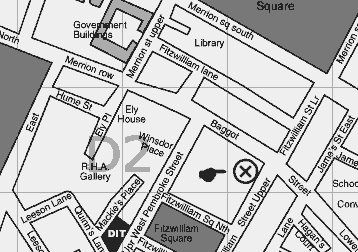
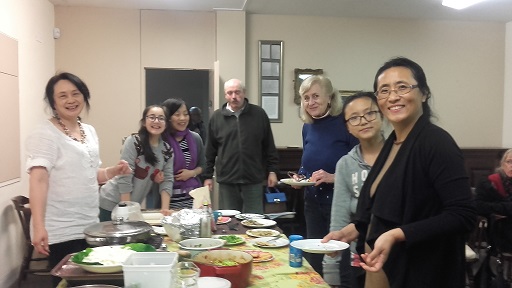
| TOP | HOME |

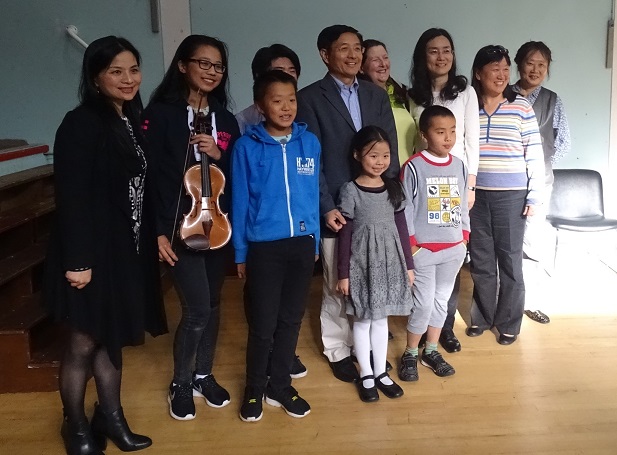
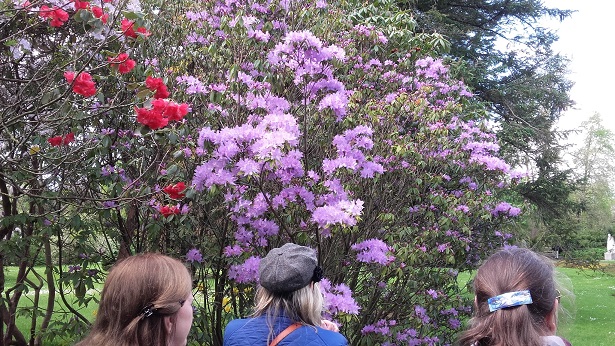
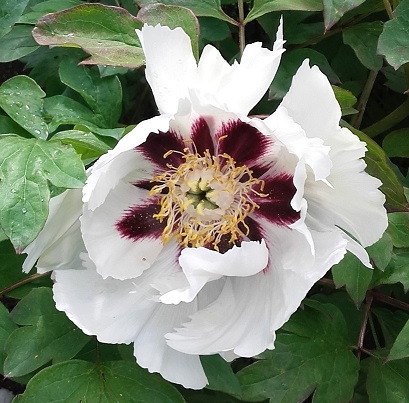
Marco Polo is quoted as saying that China had roses as big as cabbages and the Peony Roses he was referring to were well represented and stunning too.
Stars of the show were undoubtedly the Handkerchief
Trees, also known as Ghost Trees, but the indigenous
Chinese name translates as Dove Tree, based on the
story of the famous heroine Wang Zhaojun who lived
from 52 - 19 BC. She married Huhanye a Khan of the
Xiongnu tribe and, in doing so, brought 60 years of
peace between the Han and the Huns. However, she was
very homesick and one version of the story has her
sending back a dove each day as she travelled further
north, and the flock magically reappears each Spring
in the form of the large white bracts which the trees
produce in such great profusion.
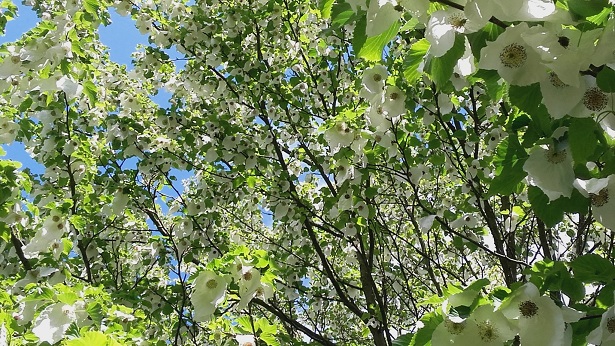
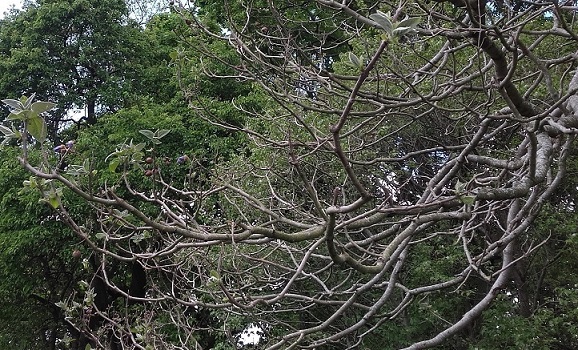
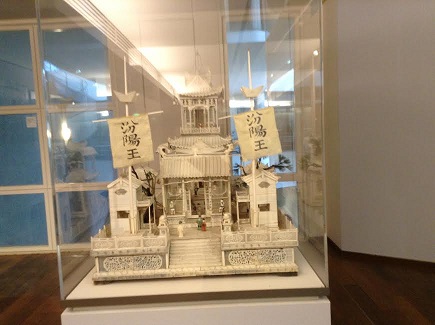
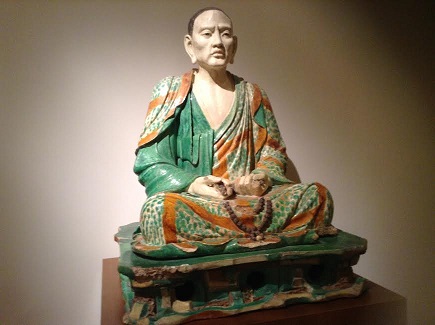
Also shown were examples of S E Asian art, An Afghan statue of Buddha from 3rd - 5th centuries, an 11th century Japanese wooden statue of Buddha and many other exhibits including Thai and Burmese items of interest.

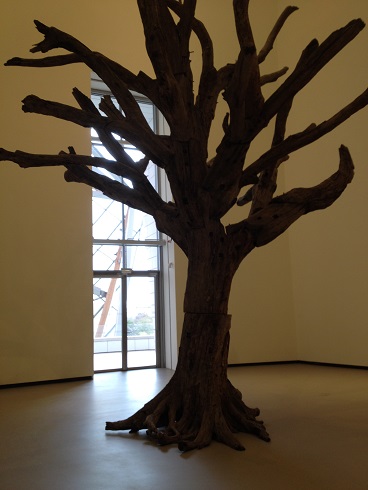
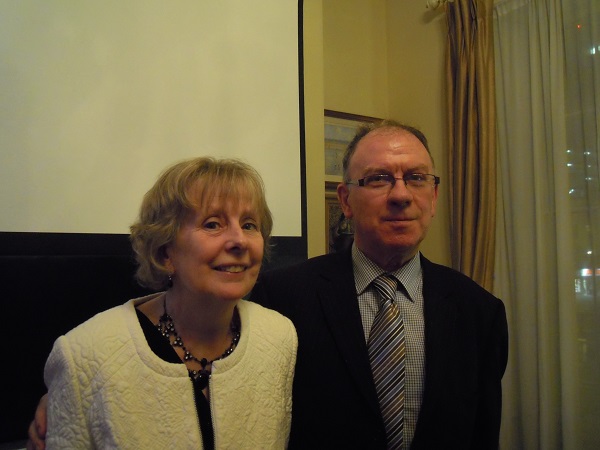
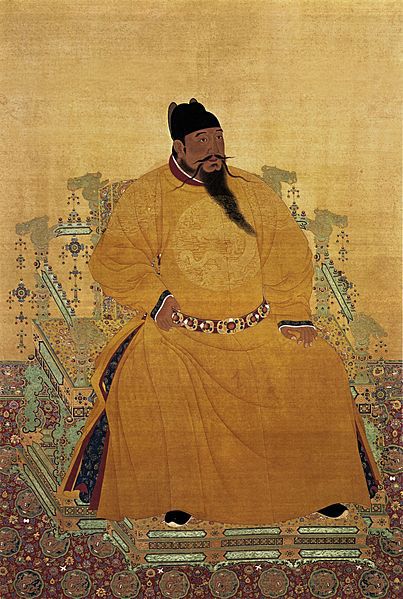

This timber also gave the wherewithal to build his new palace in Beijing (which took a million workers 14 years to construct) and the huge navy which was sent out on 7 voyages to explore sea routes, under the direction of his most able admiral, the enormously tall Muslim eunuch Zheng He. The Great Wall had also fallen into disrepair, and needed large areas to be rebuilt, the joining up of incomplete sections, and extending the fortification to keep Tamerlane from invading. For good measure, he commissioned the building of a Porcelain Tower, 9 storeys high which was destroyed in 1856 during the Taiping Rebellion.
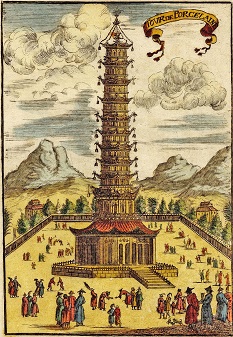
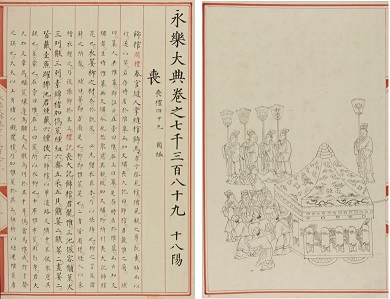
However, perhaps the most amazing commission instigated by Yongle (in 1404) was the DaDian, or encyclopaedia of all things Chinese. It took almost 3000 scholars 4 years to complete, and extended to more than 11,000 volumes covering topics of religion, poetry, medicine, science, agriculture, geography, history, astronomy, art and literature. A fire in 1557 nearly destroyed the manuscript, so a hand-written copy was made (taking 10 years to complete). Ninety per cent of this copy survived until the Opium Wars but by the end of the 19th century there were only 800 volumes left! Brian explained how 3 volumes came to be bought by Chester Beatty, and how they have survived in the Library’s collection in Dublin. One of these three volumes of the DaDian is generally on display in the Gallery on the first floor, and can be easily recognised by its exquisite gold silk damask binding.
by Deborah Wilson

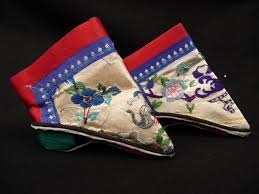
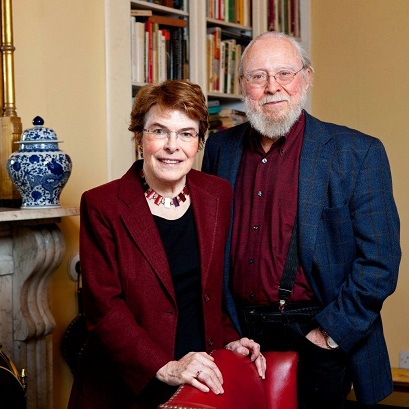
At a time of rising nationalism worldwide, China’s Premier Xi Jinping is seeking to secure the mandate of the ruling Chinese Communist Party (CCP) by ramping up nationalist feeling, against the West in general and the United States in particular. Such sentiments, however, are not new. They go to the very heart of Chinese nationalism as it has evolved since the 1990s through the officially sanctioned “national humiliation narrative.” The talk asks: what are the origins of this narrative – and how has it, in recent years, proved useful for overriding economic discontent, domestic unrest, corrupt Party officials, and contested plans for China’s future development?